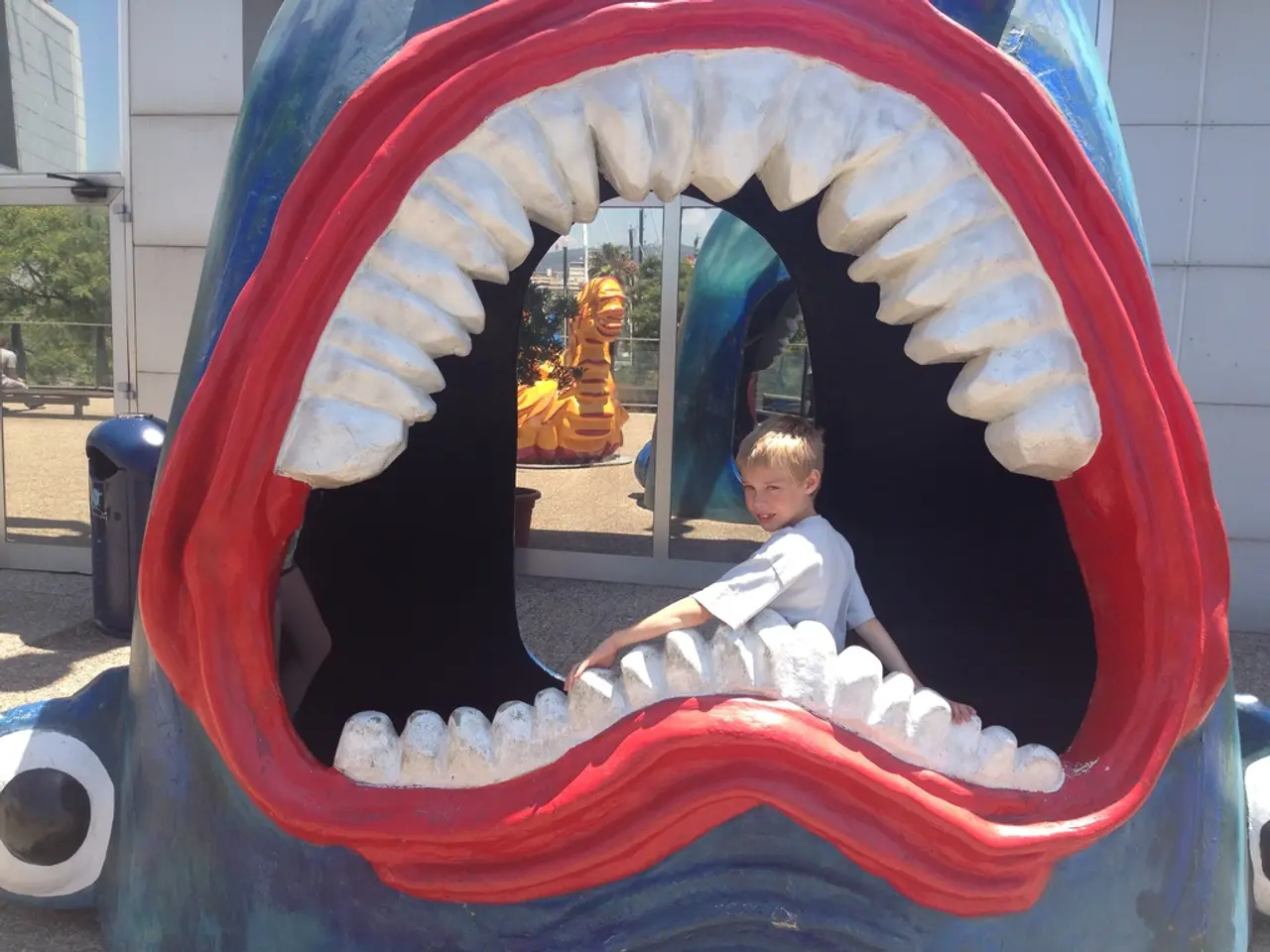Enhancement of Psychological Wellness in Autistic Adolescents through Therapeutic Photography Shows Promising Results
A new study, published in Autism (2025), has explored the feasibility of a "therapeutic photography" program designed to promote positive mental health among autistic people aged 16 to 25. The study, conducted by Marina Charalampopoulou and colleagues, was framed around the EPOCH model of adolescent well-being, which includes Engagement, Perseverance, Optimism, Connectedness, and Happiness.
The activity was not only practical and appealing to participants but also showed potential for enhancing aspects of emotional and psychological well-being. Forty-one participants from Ontario, Canada, were recruited, each asked to take photographs linked to different aspects of well-being over a four-week period. They also wrote or recorded short reflections about each image.
Many described the process as enjoyable, easy to use, and a good fit for their lives. The camera lens was seen as a tool for noticing, reflecting, and appreciating, which could contribute to a broader sense of well-being over time. The self-guided format, minimal cost, and adaptability make therapeutic photography accessible to people who may face barriers to traditional therapy.
However, the study also revealed some challenges. Some participants encountered logistical issues, such as remembering to take photos or feeling self-conscious photographing in public. A few found the reflective process time-consuming or uncomfortable when it prompted rumination. There was also a need for tailored support or scaffolding for some participants to manage reflection and expression, especially for those who might struggle with abstract emotional concepts or verbalizing thoughts.
Despite these challenges, the approach is suggested to be a valuable addition to mental health support for autistic youth. By focusing on positive experiences rather than deficits, therapeutic photography aligns with calls from the autistic community for more strengths-based approaches to well-being.
The study found strong interest in the program, with nearly all participants completing the required activities. The most consistent quantitative improvement was in participants' sense of meaning and purpose. The use of photo reflections and journaling allows autistic individuals to document and track emotional experiences meaningfully, contributing to emotional literacy improvement.
Key findings from the study include:
- Benefits and Positive Outcomes: The activity encourages emotional awareness and expression through visual reflection and storytelling, which is vital given many autistic individuals' challenges with identifying and communicating emotions. Structured and adaptable approaches, such as selecting images related to key well-being aspects (e.g., happiness, connectedness), help participants engage meaningfully and consistently with the intervention.
- Challenges: The sensory sensitivities typical of autism require adjustments in materials and task complexity to prevent overload or frustration, a consideration well addressed in combined art-based therapies. There is a need for tailored support or scaffolding for some participants to manage reflection and expression, especially for those who might struggle with abstract emotional concepts or verbalizing thoughts.
- Future Research Directions: Larger-scale studies are needed to assess long-term mental health outcomes and to compare therapeutic photography with other interventions like art therapy or technology-based tools for social skills. Research should explore adaptations for younger children and those with limited verbal skills, incorporating more visual aids or alternative communication devices alongside photography. Further examination into the integration of therapeutic photography within multi-modal therapy programs could enhance overall efficacy and usability in diverse autism populations. Investigation of digital photography and mobile technologies could increase accessibility and engagement for autistic youth with emerging tech familiarity.
In summary, therapeutic photography is a promising approach that supports positive mental health and well-being among autistic youth by enabling creative self-expression, emotional identification, and connection with personal meaning. Its structured, adaptable design suits the sensory and communication profiles often seen in autism, but ongoing research is needed to optimize the approach and clarify its long-term benefits.
- The study published in Autism (2025) introduces a "therapeutic photography" program as a potential approach to enhancing the emotional and psychological well-being of autistic people aged 16 to 25.
- The study, conducted by Marina Charalampopoulou and colleagues, uses the EPOCH model of adolescent well-being, emphasizing Engagement, Perseverance, Optimism, Connectedness, and Happiness.
- The program, which involves taking photographs linked to different aspects of well-being, is found to be enjoyable, easy to use, and adaptable, making it accessible to those who may face barriers to traditional therapy.
- While the study reveals logistical challenges for some participants, the use of photo reflections and journaling allows for meaningful documentation and tracking of emotional experiences, contributing to improvement in emotional literacy.
- Future research should include larger-scale studies, comparisons with other interventions like art therapy or technology-based tools, adaptations for younger children and those with limited verbal skills, and explorations into the integration of therapeutic photography within multi-modal therapy programs.
- Investigation into the use of digital photography and mobile technologies could increase accessibility and engagement for autistic youth with emerging tech familiarity, making therapeutic photography a promising addition to mental health support for autistic youth.




